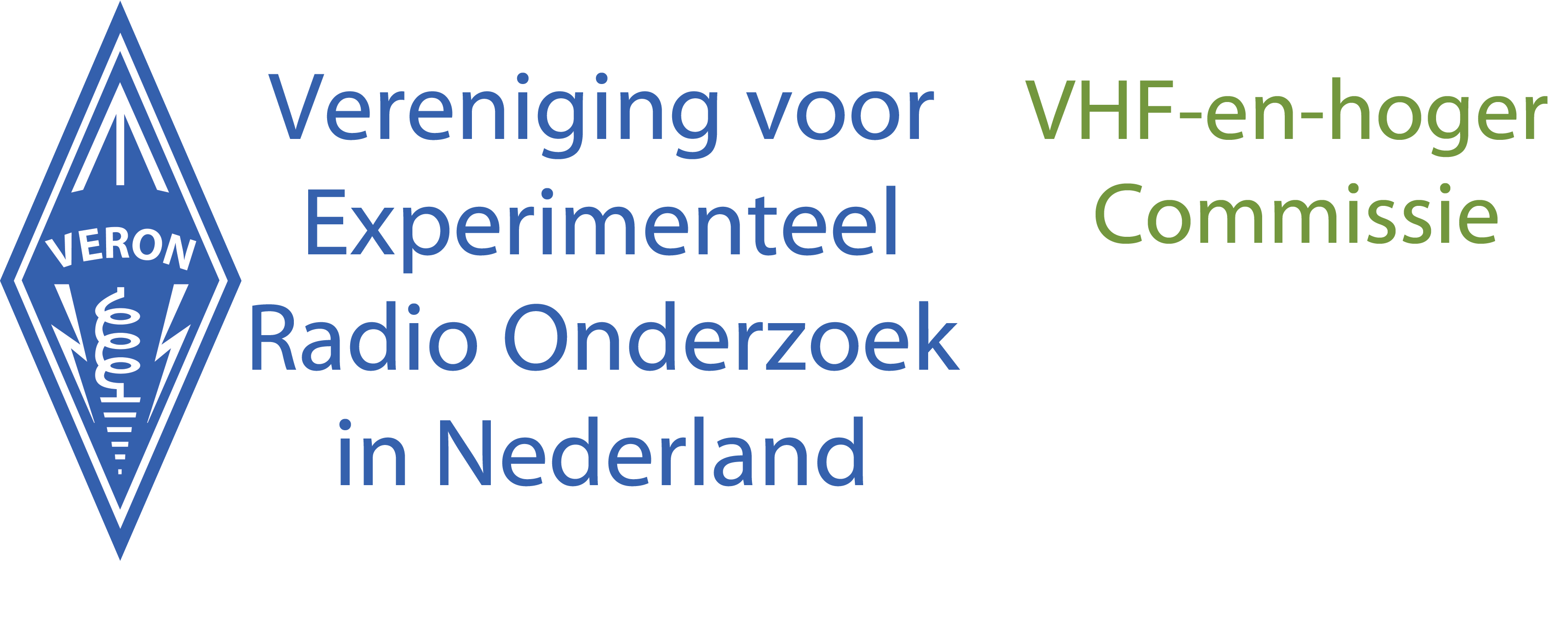20 februari – ARISS Europe to Perform a Special Digital SSTV Experiment
ARISS Europa start op 20 februari een speciaal Digitaal SSTV Experiment.
Na geruime voorbereidingen heeft ARISS (Amateur Radio on the International Space Station)
bekend gemaakt een speciaal SSTV expriment in het ruimtestation ISS te starten.
ARISS is de organisatie die speciale amateur radio aktiviteiten tussen radio amateurs scholen en studenten verzorgt met gelicenceerde astronauten aan boord van ISS.
Naar aanleiding van het enorme succes van de regelmatig voorkomende analoge SSTV uitzendingen heeft het ARISS Europa team het maken van digital SSTV uitzendingen ontwikkeld.
Bijzonder aan deze uitzendingen is dat hierbij gebruik gemaakt gaat worden van de “voice repeater” in ISS. Met andere woorden: de digitale beelden worden door een of meer grondstations naar ISS verzonden en zijn dan voor eenieder te ontvangen. Hierbij wordt van de amateur gemeenschap gevraagd de repeater vrij te houden tijdens de testperiode op 20 februari.
In de toekomst zullen voor deze digitale uitzendingen andere frequenties dan de nu geplande repeater gebruikt als blijkt dat de digitale SSTV beelden goed te ontvangen zijn.
Kijk voor meer info en het laatste nieuws in het Nederlands op: https://amsat-nl.org/?page_id=568
De benodigde software voor het decoderen van de digitale sstv uitzending is te vinden via:
http://amsat-nl.org/wordpress/wp-content/uploads/2022/02/kgstv_ISS.zip
73’s
Bertus, PE1KEH
——————————————————————–
Hieronder volgt de volledige pers publicatie van ARISS in het Engels
met meer informatie over tijden, frequenties en uitzendmodus.
——————————————————————–
ARISS Europe to Perform Special Digital SSTV Experiment
February 15, 2022—Amateur Radio on the International Space Station (ARISS) is planning for a special SSTV experiment. ARISS is the group that puts together special amateur radio contacts between students around the globe and crew members with ham radio licenses on the International Space Station (ISS) and develops and operates the amateur radio equipment on ISS.
As part of its ARISS 2.0 initiative, the ARISS International team is expanding its educational and life-long learning opportunities for youth and ham radio operators around the world. ARISS Slow Scan Television (SSTV), which is the transmission of images from ISS using amateur radio, is a very popular ARISS mode of operation. To expand ARISS SSTV capabilities, the ARISS Europe and ARISS USA teams plan to perform special SSTV Experiments using a new SSTV digital coding scheme. For the signal reception, the software “KG-STV” is required, as available on internet.
We kindly request that the amateur radio community refrain from the use of the voice repeater thin this SSTV experiment on 20th of February 2022 over Europe.
This is a unique and official ARISS experiment. We kindly request keeping the voice repeater uplink free from other voice transmissions during the experiment time period. Also note that ARISS is temporarily employing the voice repeater to expedite these experiments and make a more permanent, more expansive SSTV capability fully operational on other downlink frequencies.
The first experiment in the series will utilize ARISS approved ground stations in Europe that will transmit these digital SSTV signals. These will be available for all in the ISS footprint when SSTV transmissions occur. The first SSTV experiment is planned for 20 February 2022 between 05:10 UTC and 12:00 UTC for five ISS passes over Europe. Please be aware that this event depends on ARISS IORS radio availabilities and ISS crew support, so last-minute changes may occur.
To promote quick experimental SSTV investigations—to learn and improve–the ARISS team will employ the ISS Kenwood radio in its cross-band repeater mode. The crossband repeater operates on a downlink of 437.800 MHz. Each transmission sequence will consist of 1:40 minute transmission, followed by 1:20 minute pause and will be repeated several times within an ISS pass over Europe.
The used modulation is MSK w/o error correction. For the decoding of the 320 x 240 px image, the software KG-STV is required. The KG-STV software can be downloaded from the following link: “http://amsat-nl.org/wordpress/wp-content/uploads/2022/02/kgstv_ISS.zip”
The ZIP file contains the KG-STV program, an installation and setup manual, some images and MP3 audio samples for your first tests as well as links for additional technical information about the KG-STV use.
The members of the ham radio community youth and the public are invited to receive and decode these special SSTV signals.
Experiment reports are welcome and should be uploaded to “sstvtest@amsat-on.be”
More information will be available on the AMSAT-NL.org web page: “https://amsat-nl.org/?page_id=568”
(for the team: Oliver Amend, DG6BCE)
—–
About ARISS:
Amateur Radio on the International Space Station (ARISS) is a cooperative venture of international amateur radio societies and the space agencies that support the International Space Station (ISS). In the United States, sponsors are the Radio Amateur Satellite Corporation (AMSAT), the American Radio Relay League (ARRL), the ISS National Lab-Space Station Explorers, Amateur Radio Digital Communications (ARDC) and NASA’s Space communications and Navigation program. ARISS Europe is in close cooperation with the European Space Agency and its national space agencies, the space industry and the amateur radio member associations. The primary goal of ARISS is to promote exploration of science, technology, engineering, the arts, and mathematics topics. ARISS does this by organizing scheduled contacts via amateur radio between crew members aboard the ISS and students. Before and during these radio contacts, students, educators, parents, and communities take part in hands-on learning activities tied to space, space technologies, and amateur radio. For more information, see www.ariss.org and www.ariss-eu.org.


